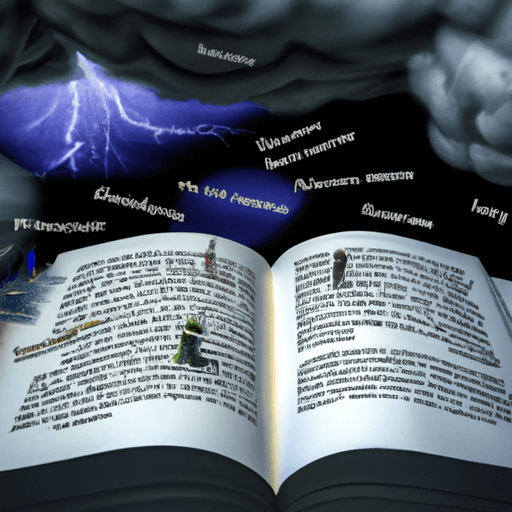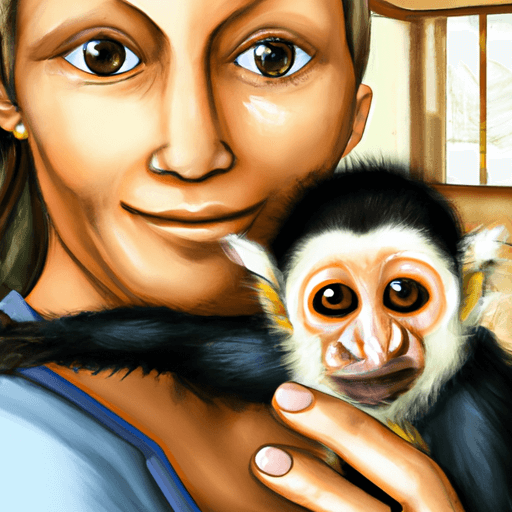Exploring the Impact of Climate Change on Wildlife and Ecosystems
Climate change is having a significant and devastating impact on wildlife populations and ecosystems around the world. As global temperatures continue to rise, species of animals are facing extinction, ecosystems are being altered beyond recognition, and habitats are becoming uninhabitable. This article will explore how climate change has contributed to the destruction of wildlife and ecosystems, as well as potential solutions for mitigating the effects of climate change.
Impact on Wildlife Populations
Climate change has resulted in the displacement of many species of animals, resulting in a decrease in their population size. For instance, the polar bear population has declined significantly due to the melting of sea ice, which is their main habitat. In addition, the monarch butterfly population has decreased by 90% due to the destruction of their migratory habitats and decreased availability of milkweed, their primary food source. Other species, such as the American pika, are facing extinction due to the rising temperatures in their habitats, as they cannot tolerate temperatures above 77°F. These examples illustrate the devastating impact that climate change has had on wildlife populations.
Impact on Ecosystems
Climate change has also had a profound effect on ecosystems around the world. For instance, coral reefs are one of the most diverse ecosystems on the planet, but they are being destroyed as a result of rising ocean temperatures, ocean acidification, and other human-caused changes to the environment. In addition, deforestation is causing the destruction of tropical rainforests, resulting in a decrease in biodiversity and a disruption of the delicate balance of the ecosystem. These examples demonstrate the far-reaching effects of climate change on ecosystems.
Potential Solutions
Fortunately, there are potential solutions for mitigating the effects of climate change on wildlife and ecosystems. For instance, reducing greenhouse gas emissions is one of the most effective ways to slow the rate of climate change. In addition, conserving and restoring habitats is essential for preserving biodiversity and allowing species to adapt to changing environmental conditions. Lastly, education and awareness of the impacts of climate change can help motivate individuals and governments to take action to protect wildlife and ecosystems.
In conclusion, climate change is having a devastating impact on wildlife populations and ecosystems around the world. Species of animals are facing extinction, ecosystems are being altered beyond recognition, and habitats are becoming uninhabitable. Fortunately, there are potential solutions for mitigating the effects of climate change, such as reducing greenhouse gas emissions, conserving and restoring habitats, and increasing public awareness and education. These solutions can help protect wildlife and ecosystems from the destructive effects of climate change.


















Comments
Leave a Comment